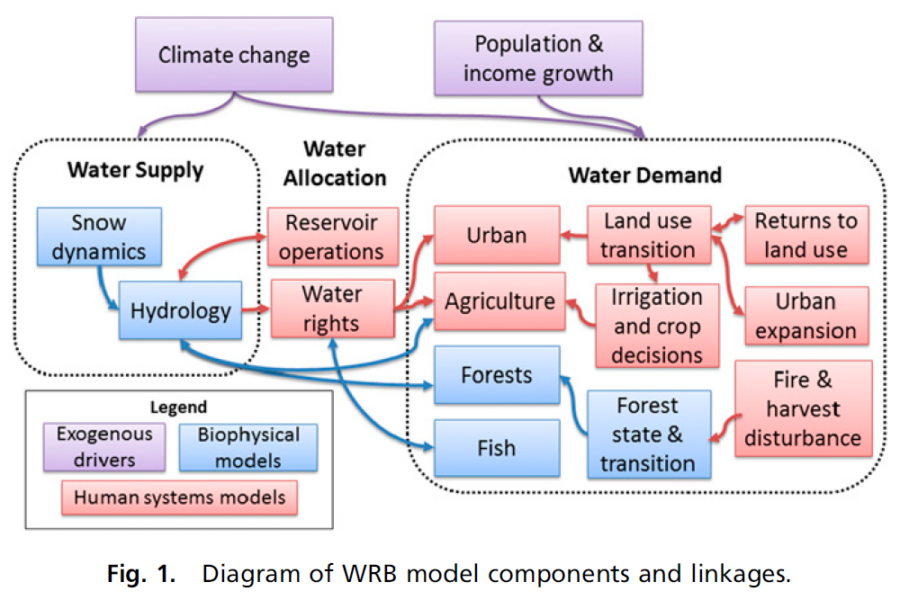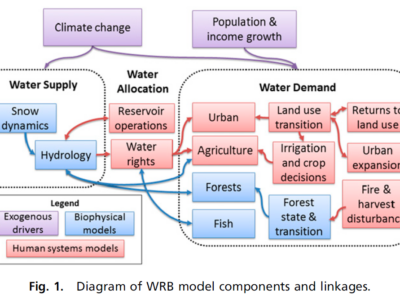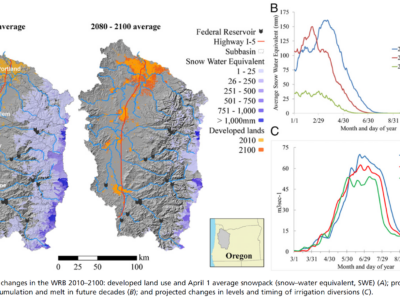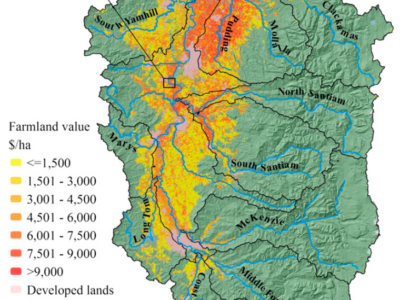The goals of the Willamette Water 2100 project were twofold:
1) To understand where and when water scarcity may arise and to recognize the factors contributing to, and potentially mitigating, future water scarcity
2) To assess the importance of a high level of system detail to gain insights into emerging water scarcity.
The project changed local, regional, and national government officials’ and politicians’ understanding of limitations and opportunities to address future water scarcity challenges in the region.
The scenarios were made in: 2016
The scenarios look out to: 2010-2100



